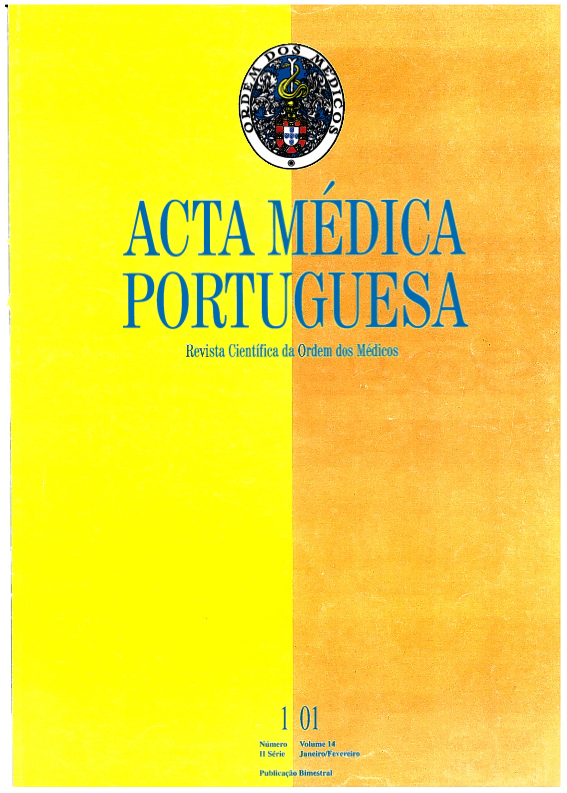Preoperative applications of cortical mapping with functional magnetic resonance.
DOI:
https://doi.org/10.20344/amp.1824Abstract
The authors describe a clinical experience in cortical brain mapping by Functional Magnetic Resonance Imaging (FMRI) with a 1.0 T MR scanner with BOLD technique and echo-planar imaging (EPI). A brief review is made of the theoretical basis of the BOLD technique and of the different functional tasks used. The main clinical applications of FMRI cortical mapping regarding the sensorimotor cortex of the hand and of language are mentioned. The experiment involves 29 patients, 16 with gliomas (G), 7 with mesial temporal sclerosis (MT S) and 6 with arteriovenous malformations (AVM) The most frequent clinical applications were the determination of the topographic relationship of the cerebral lesions with these eloquent cortices as well as the presurgical lateralization of language in medically intractable epileptic patients. The results are discussed in order to assess the FMRI cortical mapping role as a noninvasive method for presurgical planning, regarding the evaluation of the potential neurosurgical risks and the identification of viable cortex regions displaced or reorganized as a consequence of disease. Additionally, FMRI cortical mapping can also assess the atypical speech representations and the language lateralization of the patients.Downloads
Downloads
How to Cite
Issue
Section
License
All the articles published in the AMP are open access and comply with the requirements of funding agencies or academic institutions. The AMP is governed by the terms of the Creative Commons ‘Attribution – Non-Commercial Use - (CC-BY-NC)’ license, regarding the use by third parties.
It is the author’s responsibility to obtain approval for the reproduction of figures, tables, etc. from other publications.
Upon acceptance of an article for publication, the authors will be asked to complete the ICMJE “Copyright Liability and Copyright Sharing Statement “(http://www.actamedicaportuguesa.com/info/AMP-NormasPublicacao.pdf) and the “Declaration of Potential Conflicts of Interest” (http:// www.icmje.org/conflicts-of-interest). An e-mail will be sent to the corresponding author to acknowledge receipt of the manuscript.
After publication, the authors are authorised to make their articles available in repositories of their institutions of origin, as long as they always mention where they were published and according to the Creative Commons license.









